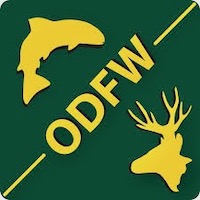Razor clam opening on central coast
Department of Fish and Wildlife release
The Oregon Department of Agriculture (ODA) and the Oregon Department of Fish and Wildlife (ODFW) announce the opening of the south-central coast beaches for recreational razor clamming. Recent razor clam samples indicate the marine biotoxin domoic acid has dropped below the closure limit. Razor clamming is now open for Oregon residents from the Columbia River to Cape Arago (south of Coos Bay).
Razor clamming remains closed from Cape Arago to the California border for elevated levels of domoic acid toxin.
Recreational mussel, bay clam and crab harvesting is open for residents along the entire Oregon coastline. Coastal scallops are not affected by this closure when only the adductor muscle is eaten. The consumption of whole recreational scallops is not recommended. Commercial shellfish products remain safe for consumers.
Due to concerns about COVID-19 and travel to the coast, there are some restrictions for nonresidents. All clamming in Oregon remains closed to nonresidents at this time. Crabbing is open for nonresidents along most of the coast, but closed in ocean areas north of Cape Falcon and in the Columbia River.
Paralytic shellfish toxin and domoic acid toxin are produced by algae and originate in the ocean. ODA will continue to test for shellfish toxins twice per month, as tides and weather permit. Reopening an area requires two consecutive tests with results below the limit.
For more information call ODA's shellfish safety information hotline at (800) 448-2474, the Food Safety Division at (503) 986-4720, or visit the ODA Recreational Shellfish Biotoxin Closures webpage.

